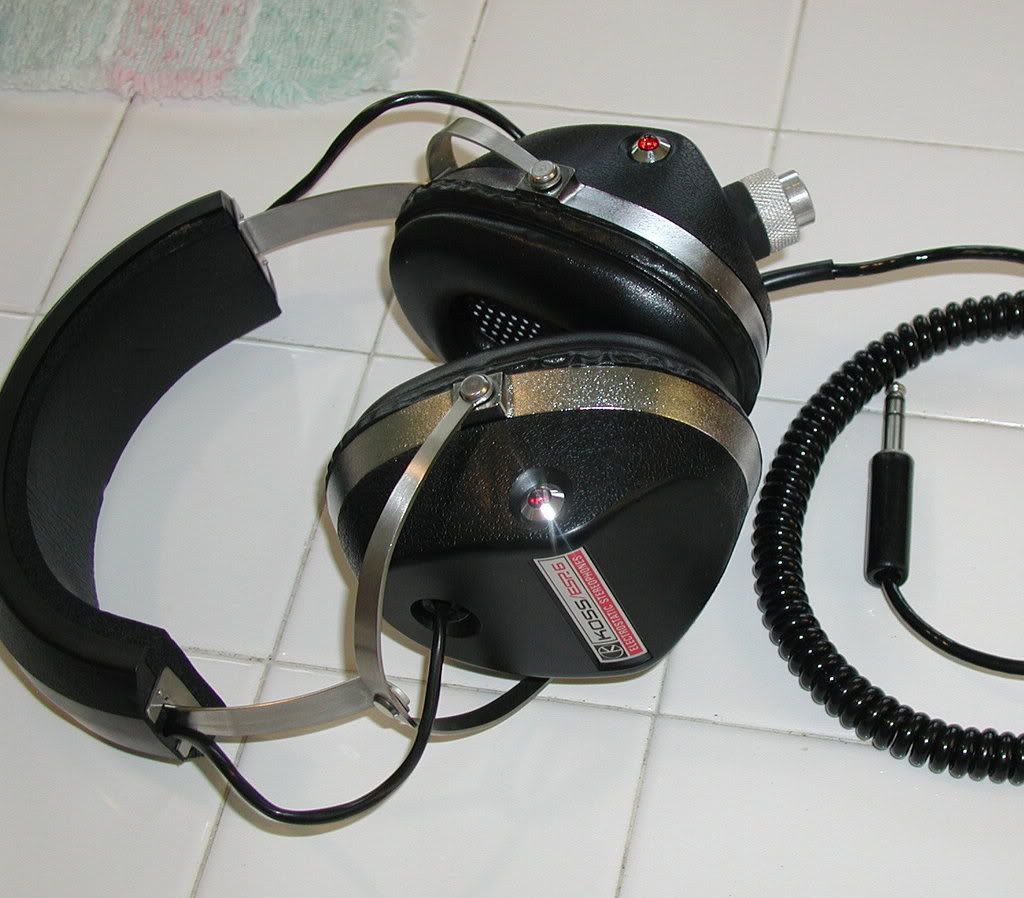Awk.Pine
100+ Head-Fier
- Joined
- Jul 25, 2006
- Posts
- 147
- Likes
- 10
The OSHA standards list a noise level and time period at which there will be permanent hearing loss. Don't discount these warnings because you've experienced louder noise for longer; these standards are to protect against exposure over a working lifetime. You can be exposed to high noise and experience nothing, or just a temporary threshold shift. You may not notice the damage being done week to week, or even year to year, but over 40 years there will be hearing loss. And, frankly, I expect to have more disposable income for things like headphones 40 years from now, and I want to be able to enjoy them at that time, too.
For the study that founded OSHA's standards, see Criteria for a Recommended Standard: Occupational Exposure to Noise.
For what it's worth, I understand that the EU has even stricter standards. All the OSHA standards try to protect is the intelligibility of speech, not the full function of the ears.
...as far as IEMs go, I recently picked up a pair to block out noise, and I find myself more sensitive to environmental noise now. I think they're helping my ears, not hurting them. But then, I'm listening at a very low level.
For the study that founded OSHA's standards, see Criteria for a Recommended Standard: Occupational Exposure to Noise.
For what it's worth, I understand that the EU has even stricter standards. All the OSHA standards try to protect is the intelligibility of speech, not the full function of the ears.
...as far as IEMs go, I recently picked up a pair to block out noise, and I find myself more sensitive to environmental noise now. I think they're helping my ears, not hurting them. But then, I'm listening at a very low level.






